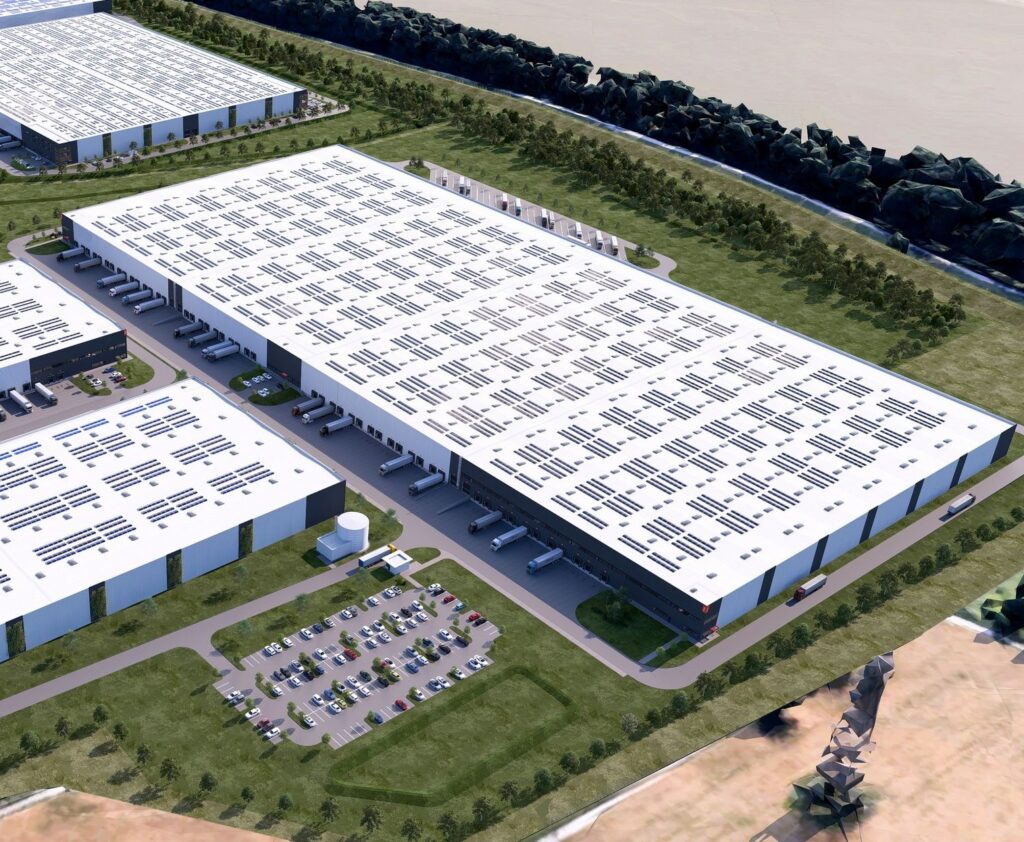US CBDs struggle with weak demand and falling prices
Office markets in US central business districts (CBDs) remain under severe pressure as vacancy rates rise, construction slows, and sale prices drop, according to the latest report from CommercialEdge, a commercial real estate data platform.
CBD vacancy hit 19.2% in April, up 730 basis points since 2020. National vacancy stood at 19.7%, rising 140 basis points year-on-year. Yet despite the glut of space, average listing rates rose 5.4% year-on-year to $358.96 per sq m.
Development activity remains subdued. Just 2.8 million sq m of new office space broke ground in the first four months of 2025, while total space under construction fell to 4.14 million sq m — only 0.7% of existing stock. CBDs accounted for just 8.2% of new office starts last year.
Sales volumes have slumped. Year-to-date office transactions totalled $14.2bn nationally, with an average sale price of $2,055 per sq m. The Bay Area saw prices fall to $2,733 per sq m — down nearly 50% from 2021. Manhattan led with an average of $4,725 per sq m. Austin posted the second-highest vacancy nationwide at 28.9%, with San Francisco at 29%.
Among major cities, Miami’s vacancy rate was 15.5%, and average rents were $608.59 per sq m. San Francisco had the highest national average rent, at $690.85 per sq m, followed by the Bay Area ($563.88), San Diego ($466.67), and Los Angeles ($451.81). Seattle saw strong rent growth to $420.07 per sq m despite a 27% vacancy rate.

Boston, long buoyed by the life sciences sector, posted a sharp increase in vacancy to 17.1%, up 470 basis points in 12 months. The shift follows a pullback in private capital and oversupply in lab space.
“The right property in the right location can continue to thrive in the current environment,” said Peter Kolaczynski, Director at CommercialEdge.
In Chicago, 601W Companies bought a 30-storey tower at 303 E. Wacker Drive for $63 million — a 65% discount from its 2018 sale price. In the South, Washington, DC, overtook Austin in price terms, with assets averaging $2,712 per sq m and sales totalling $1.3 billion. Houston and Dallas saw weaker sale prices of $1,496 and $1,475 per sq m, respectively.
Office employment growth remains patchy. Though April saw 31,000 new office jobs nationally — the highest monthly gain since December — overall annual growth was just 0.2%. Seattle posted a 1.6% annual rise but still lags 2022 levels by 17,500 jobs.
Construction pipelines are thinning across most regions. Boston led with 512,000 sq m under development, followed by San Francisco (301,000), Austin (298,000) and Dallas (292,000). In contrast, cities like Denver and Philadelphia reported steep year-on-year declines.
In the Midwest, Detroit had the highest vacancy at 25.4% and the lowest sale price at $871 per sq m. Chicago recorded the region’s most significant transaction volume at $759 million, while the Twin Cities were the only Midwestern market to post new starts this year.
The trend across all markets points to a continued structural reset, with developers and investors reassessing the long-term role of offices in urban cores.
ANALYSIS: Central business districts (CBDs) in the United States remain in flux. As of April 2025, national CBD office vacancy stands at 19.2%, according to CommercialEdge — a sharp rise of 720 basis points since 2020. Remote and hybrid work remain deeply embedded in American work culture, and many companies are downsizing or rethinking their office footprints. Yet, institutional investors are showing renewed interest in this seemingly adverse climate. Why?
The answer lies in valuation resets and yield compression elsewhere. Across several US cities, CBD offices have been repriced steeply. For instance, the 30-storey tower at 303 E. Wacker Drive in Chicago sold earlier this year for $62.5 million — a 65% discount to its 2018 valuation. This kind of dislocation is rare in developed markets. Yields have adjusted accordingly: cap rates for quality US offices now range from 5.5% to 6.5%, rising to 7% or more for transitional or lower-grade assets (CBRE, 2025). By contrast, cap rates stand at 4.5%–5% in central London and Berlin and below 4% in Tokyo — highlighting the comparative value on offer in the US.
According to J.P. Morgan Private Bank’s 2025 Long-Term Capital Market Assumptions, core US real estate could deliver average annual returns of 8.1% through 2029, with value-add strategies potentially exceeding 10%. A key driver is the sharp slowdown in development: CBRE expects just 1.58 million sq m (17 million sq ft) of new US office completions in 2025, compared with a ten-year average of 4.1 million sq m. With supply thinning and occupiers consolidating into higher-quality buildings, conditions for market stabilisation are emerging.
The US picture contrasts sharply with many global CBDs, where office demand is more resilient — mainly due to different cultural norms around remote work and commuting. In Tokyo, the Grade A vacancy rate in the central five wards fell to 2.3% in Q1 2025 (Savills), a four-year low that reflects sustained demand for high-quality office space. Singapore’s CBD Grade A vacancy also stabilised at 7.7% after three consecutive quarterly increases (Savills), while Dubai is experiencing the opposite of the US trend: Cushman & Wakefield reports CBD office occupancy at 92%, with forecasts of 94% by end-2025, driven by strong demand and limited new supply.
Europe offers a more nuanced picture. Central London’s vacancy rate stood at 7.1% in Q1 2025, with a 70 basis point decline in supply in the City submarket (Savills). Paris’s La Défense — Europe’s largest purpose-built business district — recorded a vacancy rate of 15% in early 2024 (56Paris), though demand has since improved. In Berlin, the vacancy rate rose to 7.7% in Q1 2025, up from 6.7% in the previous quarter (JLL), pointing to slower recovery in parts of Germany.
So why is the US underperforming? One reason is cultural. Hybrid work remains far more common than in Asia or the Middle East, where employees have largely returned to offices. US occupiers are still rightsizing their portfolios, particularly in tech-led cities like San Francisco, where vacancy remains close to 30%. Many older buildings also lack the ESG or flexibility credentials tenants now demand, making it harder for them to lease even at discounted rates.
For institutional investors, the takeaway is clear: distress creates opportunity — but only in the right locations. Not all assets will recover. The future belongs to offices that combine prime location, ESG standards, flexible floorplates, and access to transit and amenities. Investors with patient capital and a willingness to reposition or refurbish assets are already beginning to re-enter the market.
The US CBD office sector is unlikely to revert to its pre-pandemic state — but it doesn’t need to. What matters is that certain assets are now cheap, yields are favourable, and new supply is shrinking. Few other gateway markets offer such a rare mix of risk and reward for global capital hunting returns. Timing will be critical, but those who wait until recovery is obvious will miss the best opportunities.



